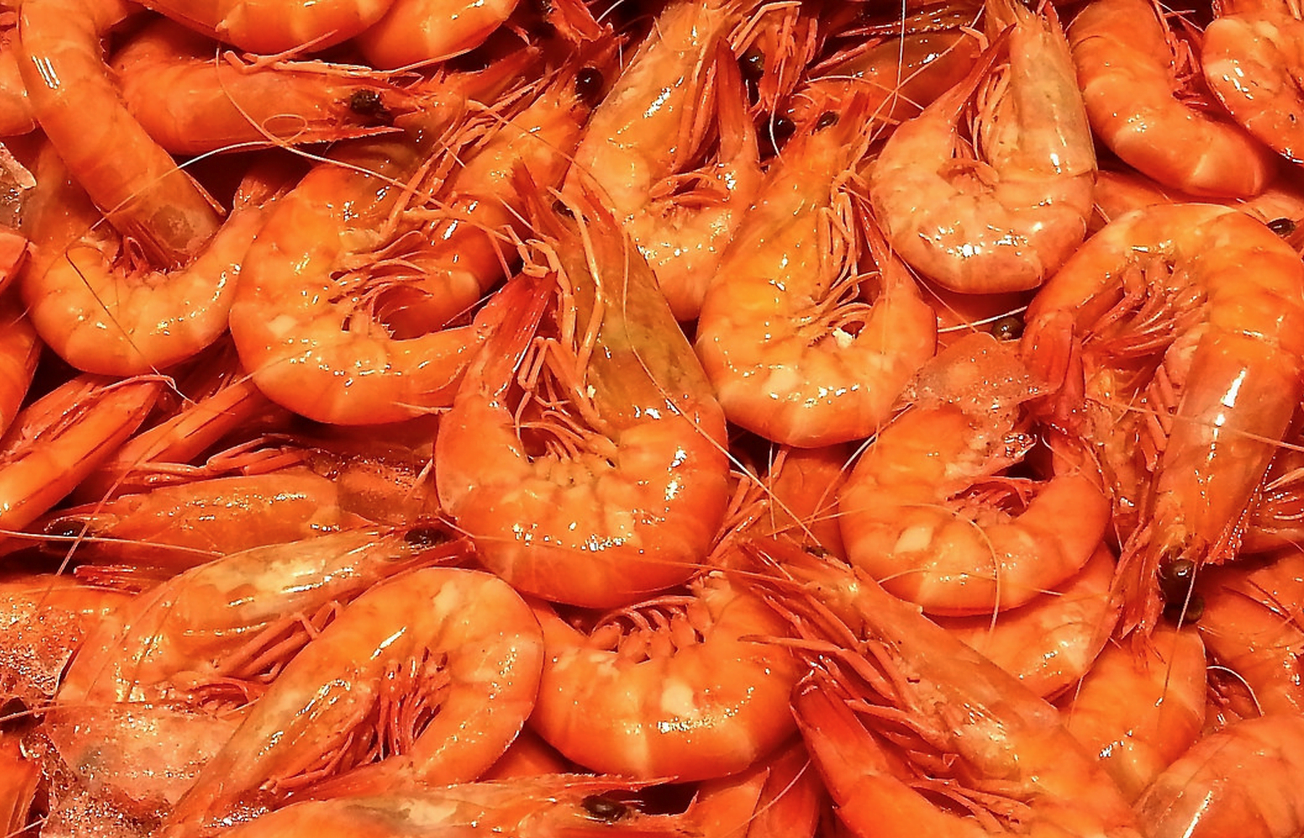It’s been called the outlaw ocean.
Slavery in Thailand’s fishing industry has run rampant for decades, largely free of regulation from the Thai government, which often turns a blind eye to the abuses in the massive industry, the third largest in the world and worth $7 billion in annual exports.
Thailand has vowed to crack down on human trafficking. A new Fisheries Act, passed in January, aims to strengthen regulations on fishing boats through measures including enforced boat registration and regular inspections. In April, Thailand formed a joint task force with neighboring Indonesia after an ultimatum from the European Union that Thai fishing products will be banned if the country doesn’t clean up its act by October.
“There’s a lot of big pronunciations from the military government about how this is a priority,” said Phil Robertson, deputy director of the Asia Division of Human Rights Watch. “But in reality we’re not seeing much. There’s very little actually done by the government to disrupt the broker network.”
The necessity of cheap migrant workers, who account for roughly 80% of Thailand’s fishing industry, makes the crackdown on sea slavery more difficult.
“Without the workers, businesses would be affected and export would be reduced. Therefore it isn’t in the economic interests of the authorities to eradicate human trafficking,” said Kway Thaung, Director of the Myanmar Association in Thailand.


The Thai government estimates 145,000 workers in its fishing industry, although activist group Raks Thai Foundation suggests there are more than 200,000 trafficked and unregistered workers. As overall fishing stocks and manpower become increasingly depleted, agents are getting more desperate and ruthless, while fishing boats venture further out into the waters and stay at sea for longer periods of time.
Many agents promise factory or farming jobs for the migrant workers, who are usually from Laos, Cambodia and Myanmar. The men are forced onto fishing boats, often with forged documents and mounting debt to the brokers. Working under brutal conditions, where a work day can exceed 20 hours and compensation is little to nothing, the workers are vulnerable to untreated illnesses, beatings and killings.
An AP investigation in March found on the Indonesian island of Benjina the graves of Burmese slaves, buried under fake Thai names given to them when they were tricked or sold onto the ships. The fish and shrimp caught by these men were traced to Thai ports, which would release the products into the global stream reaching customers in Europe, Canada and the United States.
The AP reports were followed by an official investigation on the island by Indonesian authorities, which led to the release of more than 300 slaves in April.
The Indonesian findings were in stark contrast to the findings of the Thai delegation, who denied mistreatment on the Benjina boats and said the crews were all Thai. “We examined the boats and the crews, and the result is most of the crews are happy and a few of them are sick and willing to go home,” said the Thai police leading the delegation. “Generally, the boat conditions are good.”
In late July, the United States released a Trafficking Report, listing Thailand on the lowest tier of the State Department rankings on human trafficking. In response, the Thai government released a statement saying the report “does not accurately reflect the significant efforts undertaken by the government.” The government claims that “tangible progress” has been made.
Pressure from consumers abroad is increasing: retailer Costco and major producers of pet food, including Nestle and Mars, have been sued by consumers for using slave-produced seafood.
“[Consumers] can pressure the Thai government to effectively regulate the fishing boats and stamp out human trafficking,” said Robertson from Human Rights Watch. “I think that ultimately, consumers in places like the U.S, Canada and Europe are going to need to play a critical role.”
